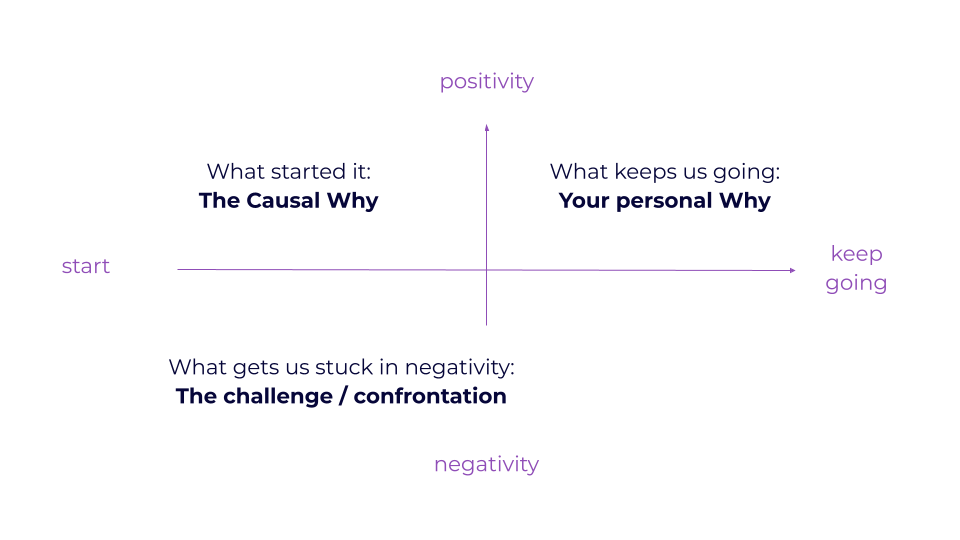I was raised to be a maverick.
This is pretty easy to live into, being autistic and from Silicon Valley. My mind loves systems and I easily detect friction. (Predictably,) I became a designer and an entrepreneur with a lot to say.

What is a designer?
A designer is someone who sees the world not as it is, but as it could be. We identify friction, reimagine systems, and create intentional experiences that bridge the gap between human needs and technological possibilities.
Design isn't just about aesthetics—it's about solving problems, understanding behavior, and creating meaningful change. It's the intersection of empathy, logic, and creativity.
This often is in the context of digital products, but can be applied to anything that deserves to be made intentionally (rather than passively). I define design as "Intentionality during the act of creation".
Systems Thinking
Understanding how components interact and influence each other
Friction Detection
Identifying pain points and opportunities for improvement
Intentional Creation
Strategizing with intentionality and clear understandings of the jobs to be done
Testing & Iteration
Validating solutions through data and continuous improvement
The 3 "Whys"
The concept of asking "why" is potentially the most fundamental aspect of being a designer. We cannot work on the right thing if we don't know why we're working on it.
Yet, asking our colleagues or our users "why" often comes across as dismissive or challenging. Why is "why" so often felt this way?
There are three kinds of why.

Why Why Matters, a book

In this book, I will take a data-driven approach to advocate for the value of designing to the causal Why.
Often in teams with limited resources (which is nearly every team), the investment in Design Thinking takes a back seat to quick implementations of revenue-driving features.
This happens because the data around the feature need is readily accessible to Product, but the data supporting the "better" design doesn't even exist until the design work is done, and even then, it's hard to actually measure.
Work with me
Whether you need strategic guidance, want to support my work, or are looking for the right tools—I'm here to help.